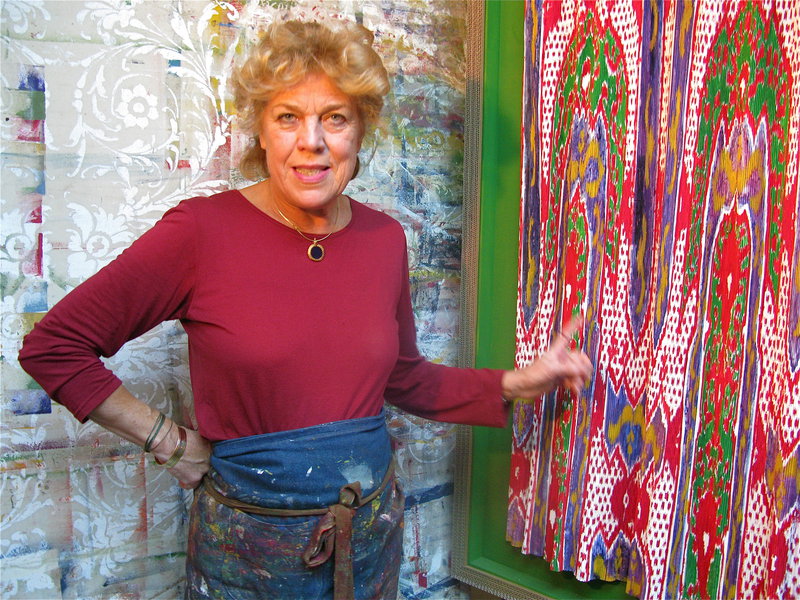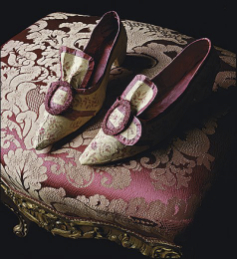

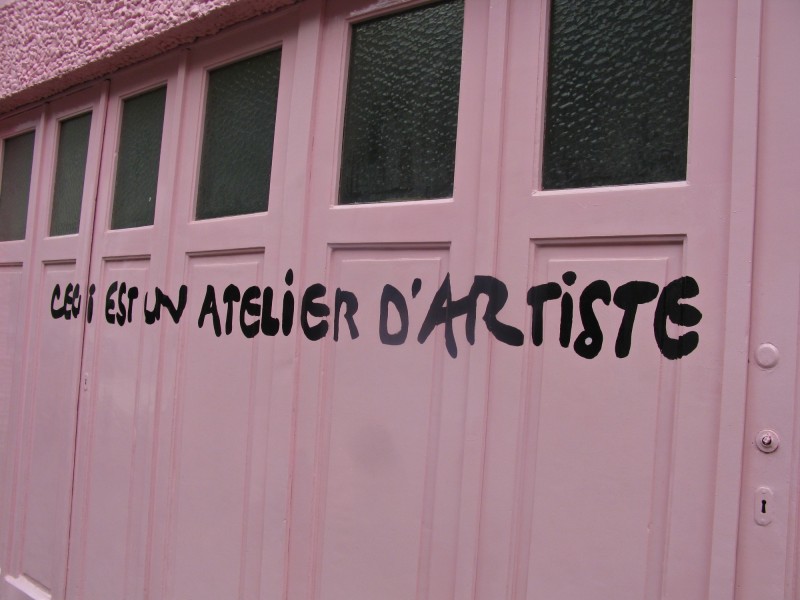

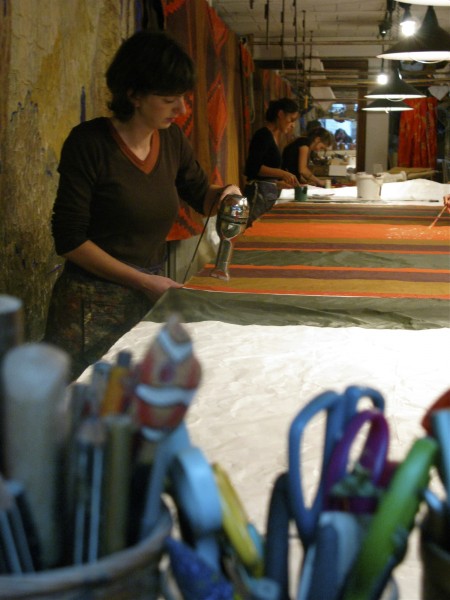
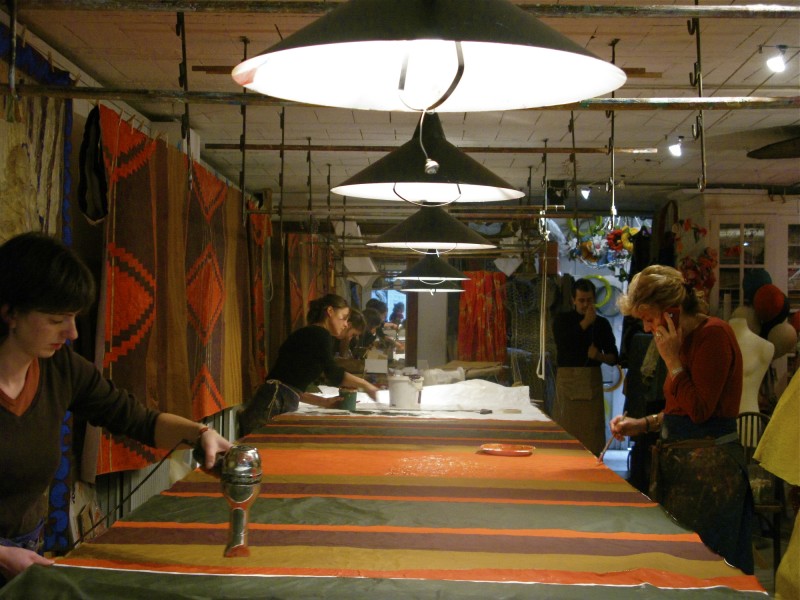

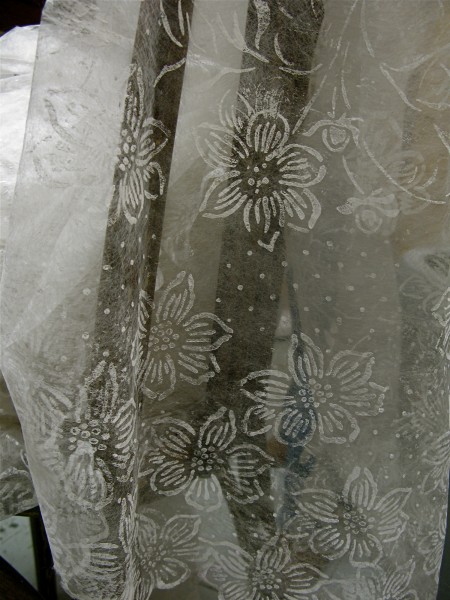
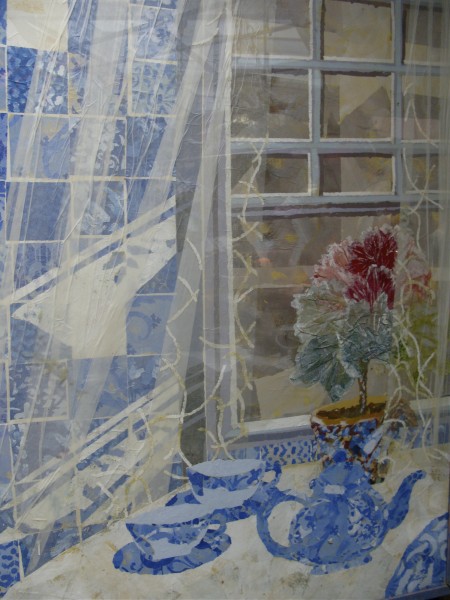
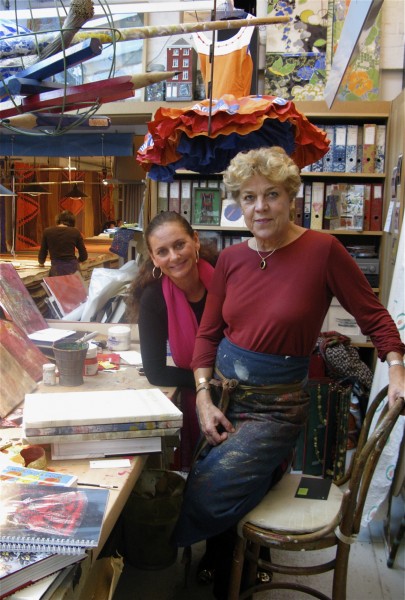
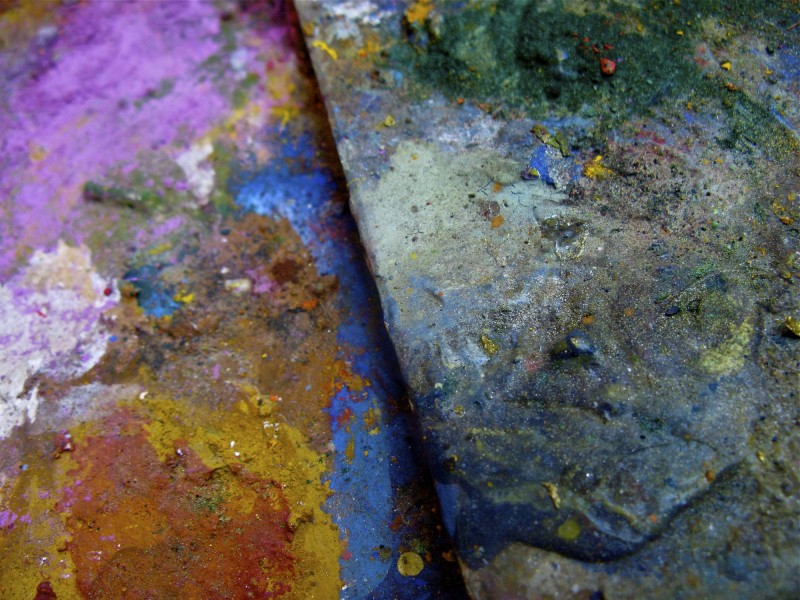
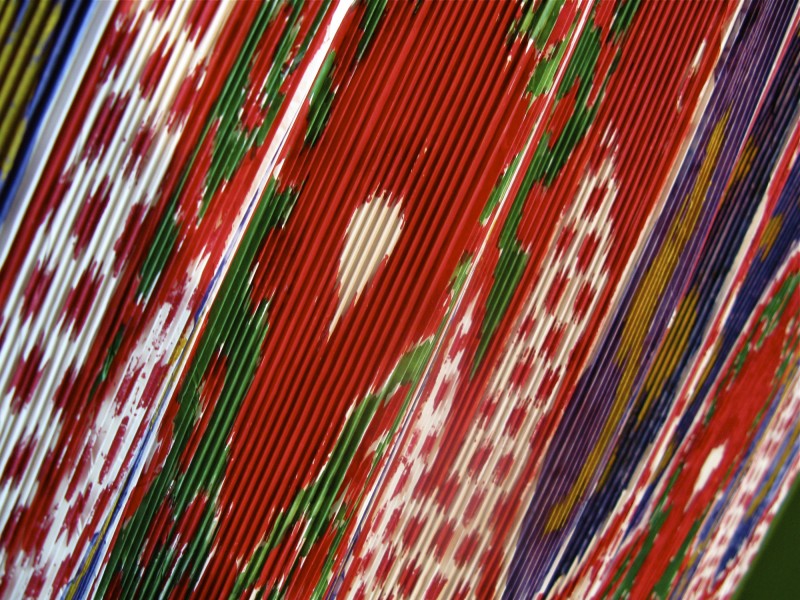
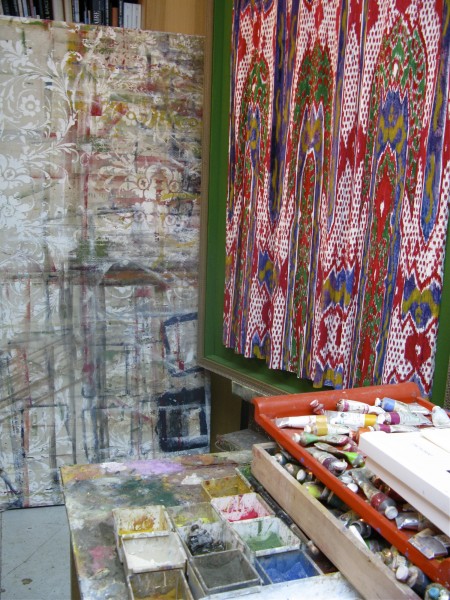
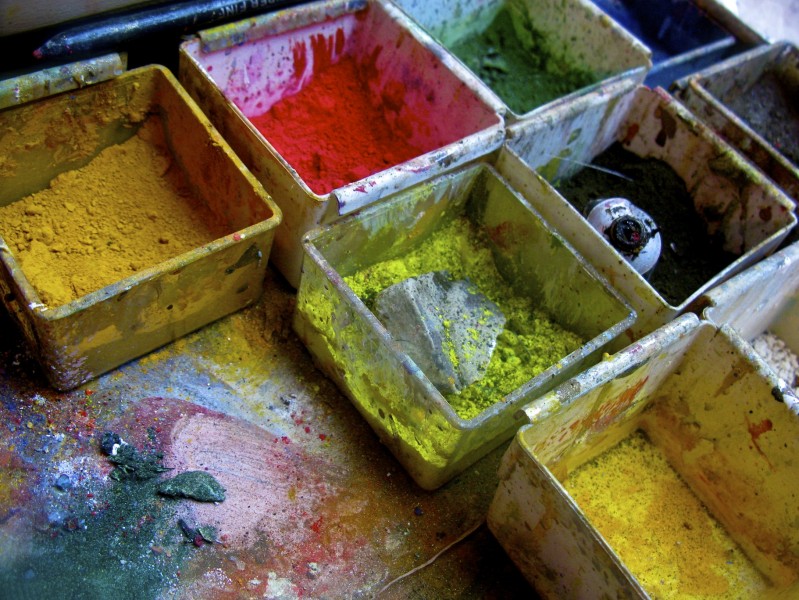
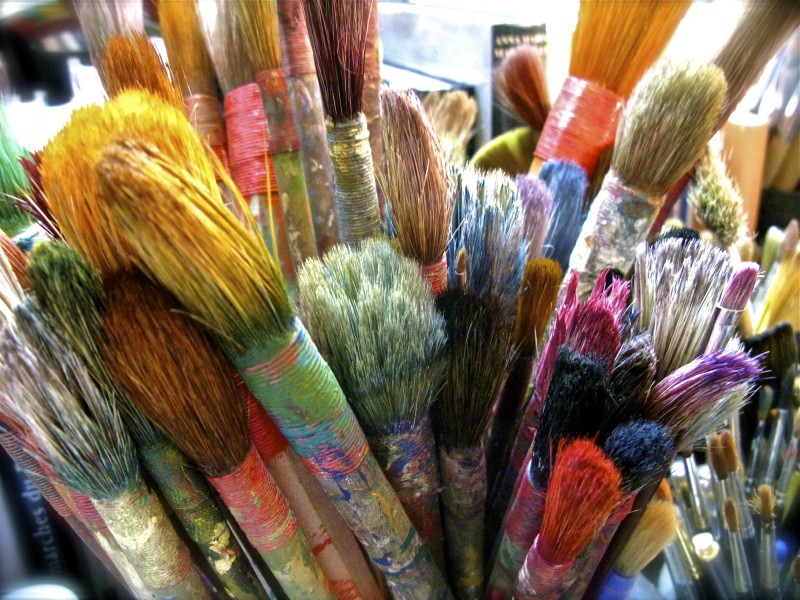
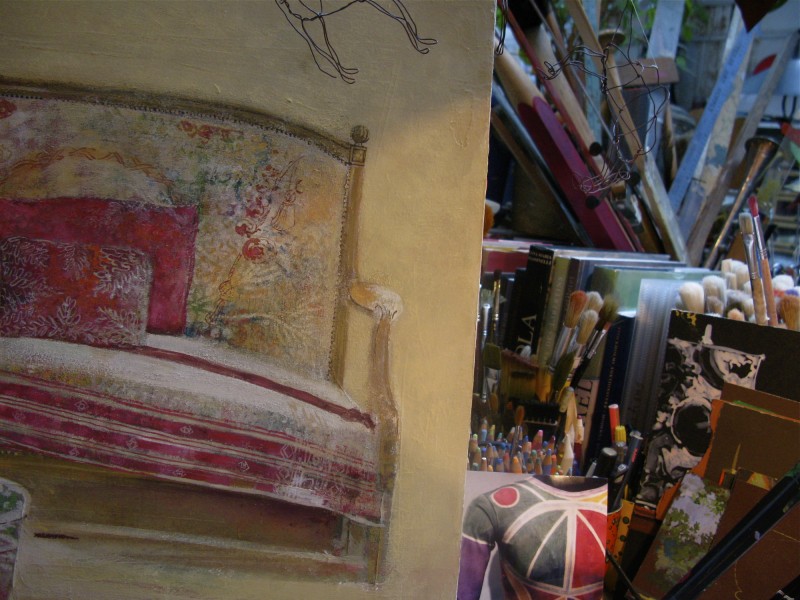
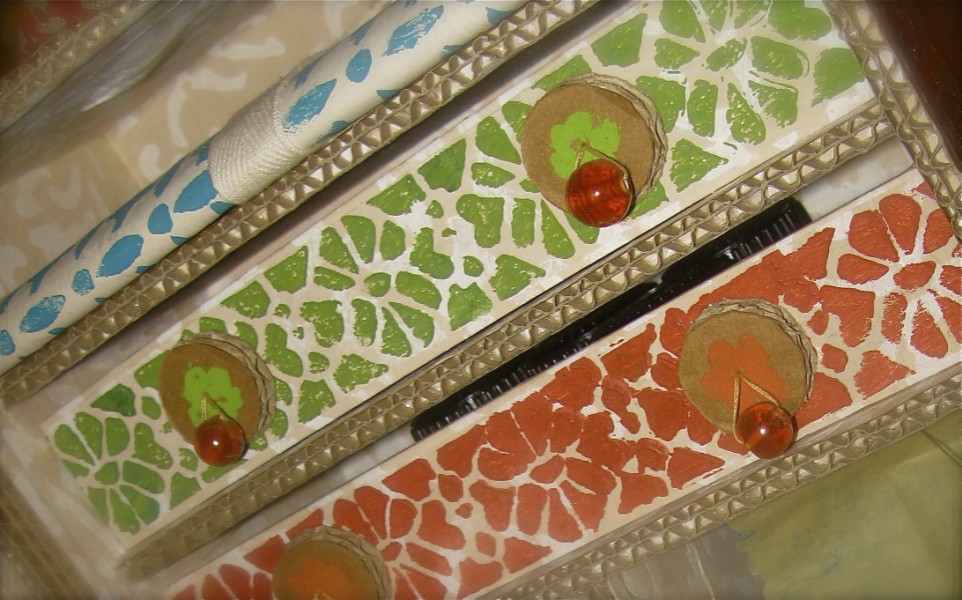
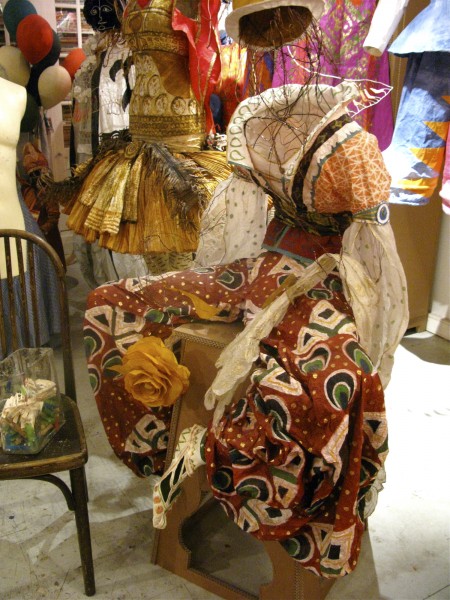
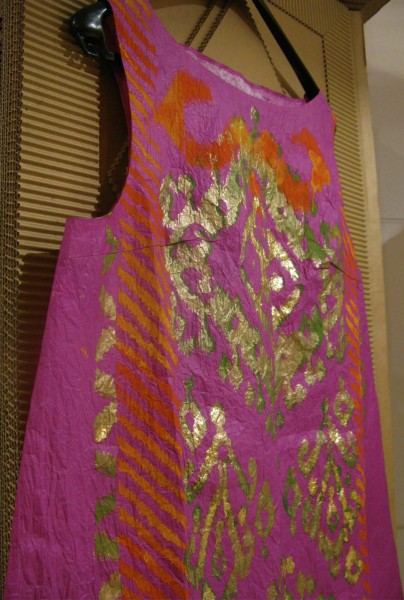
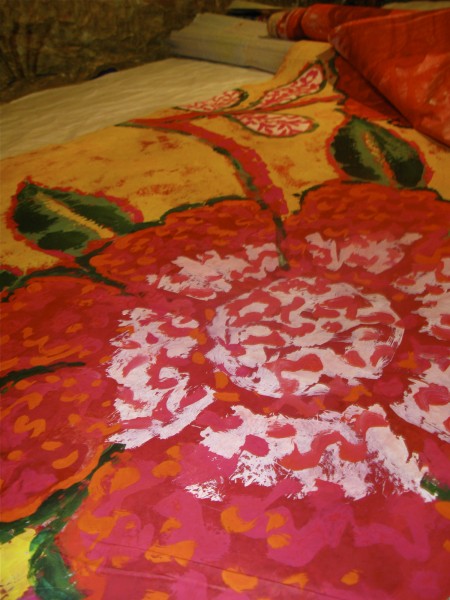
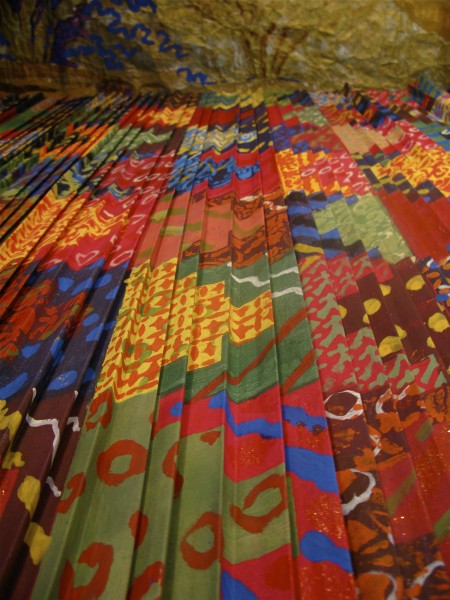
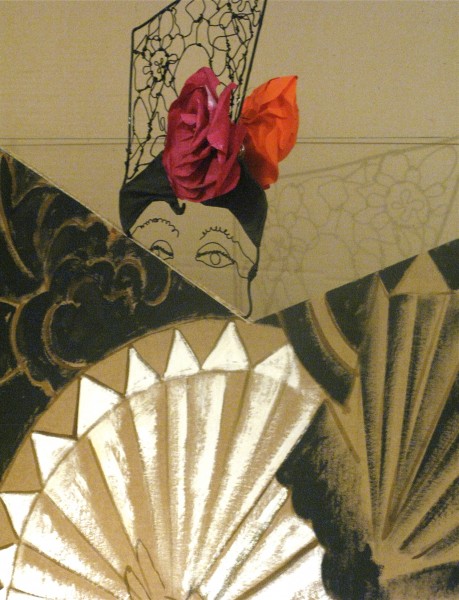
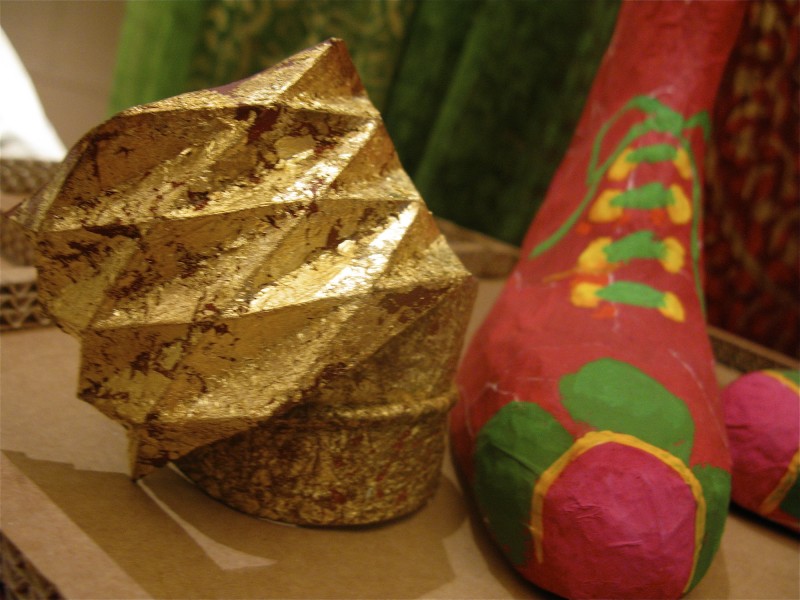
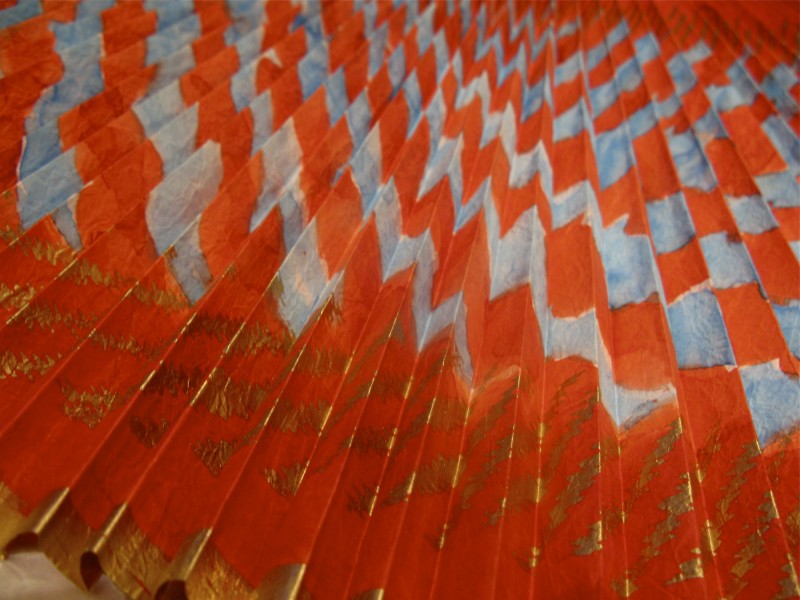


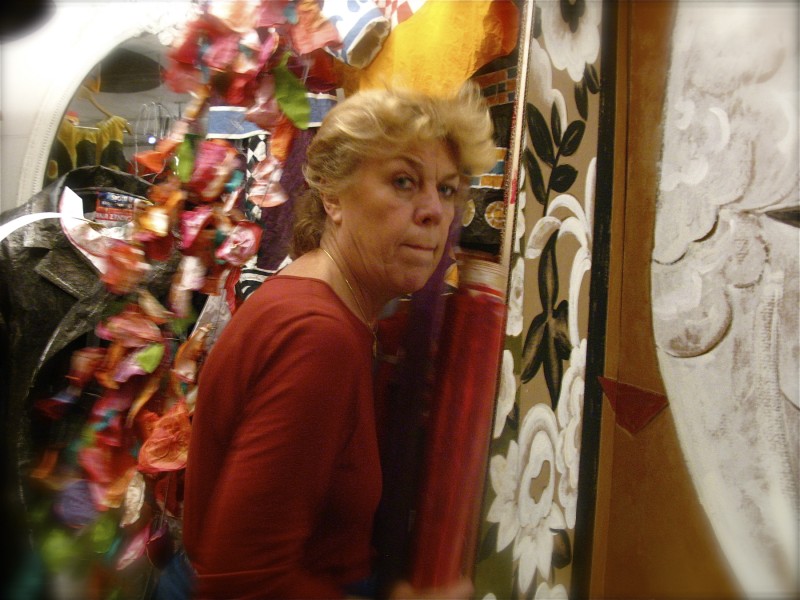

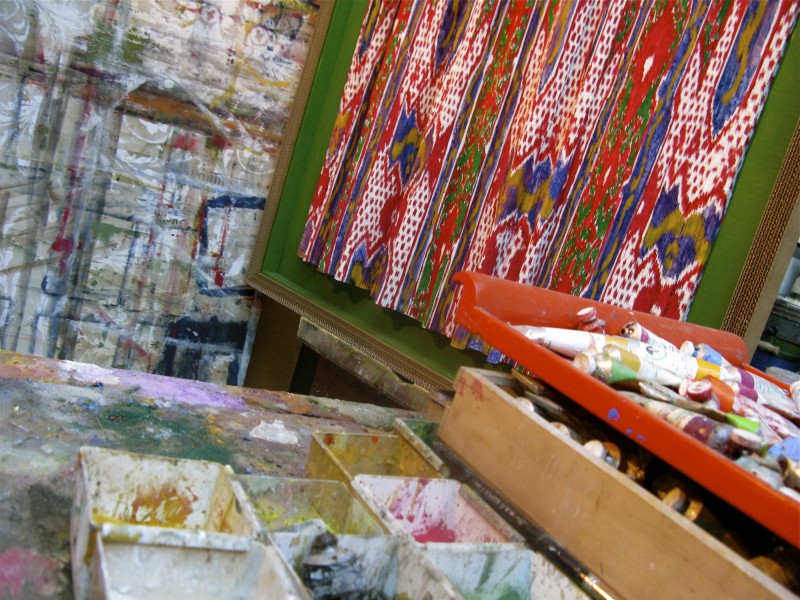
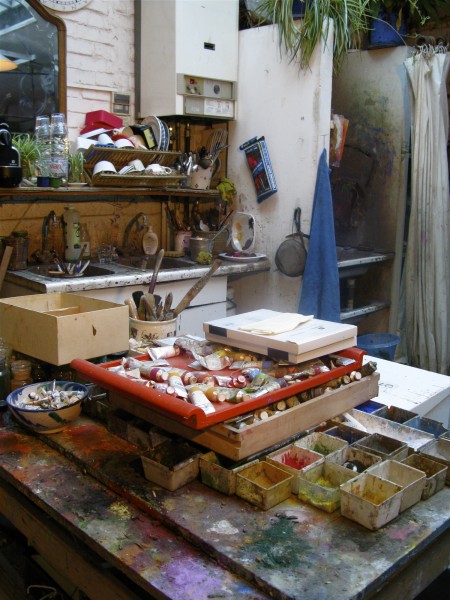
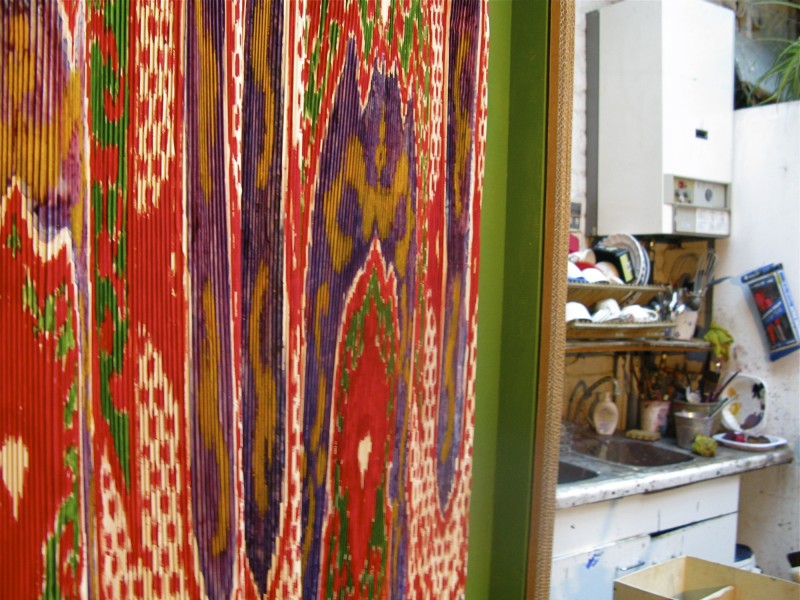
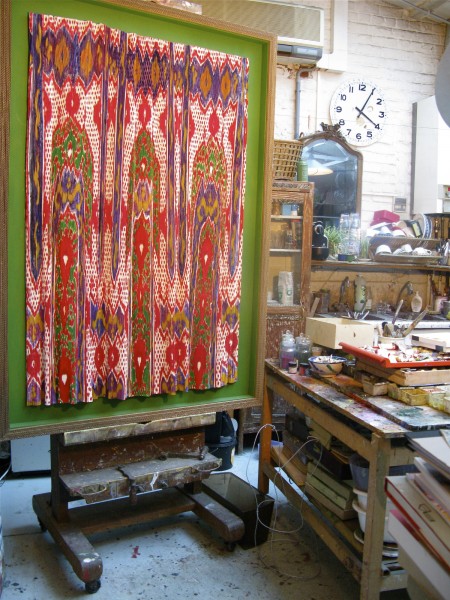

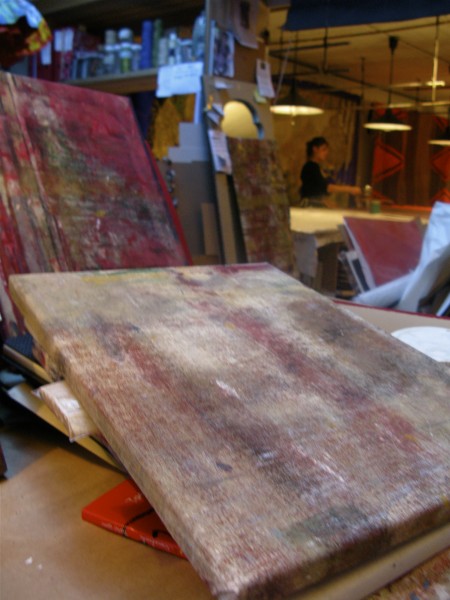
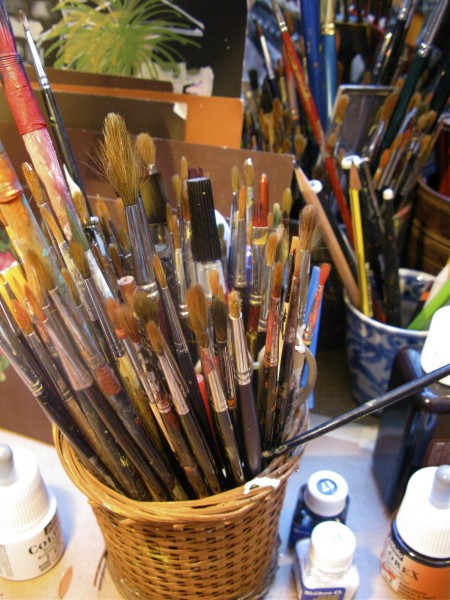
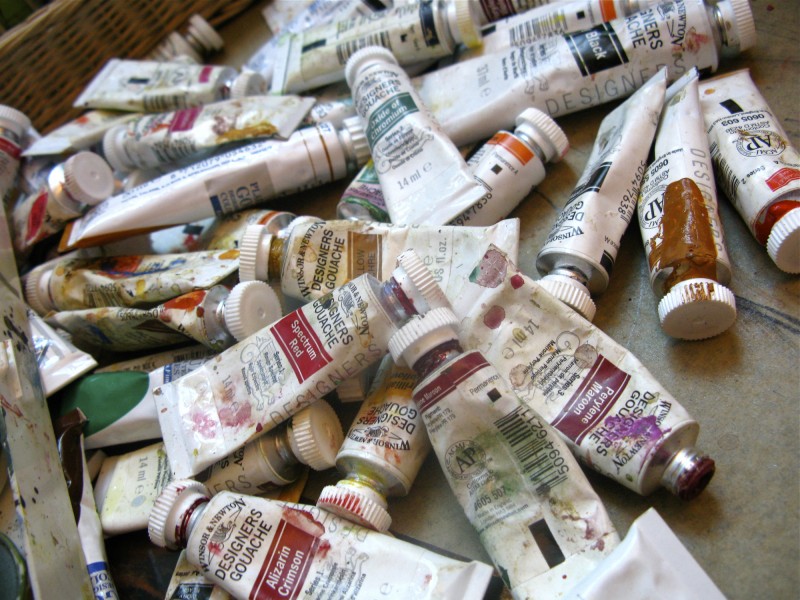
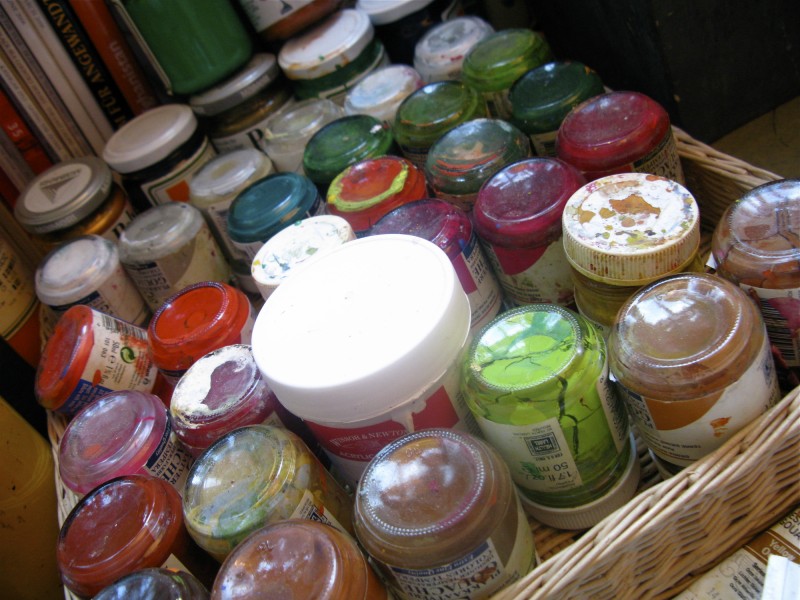


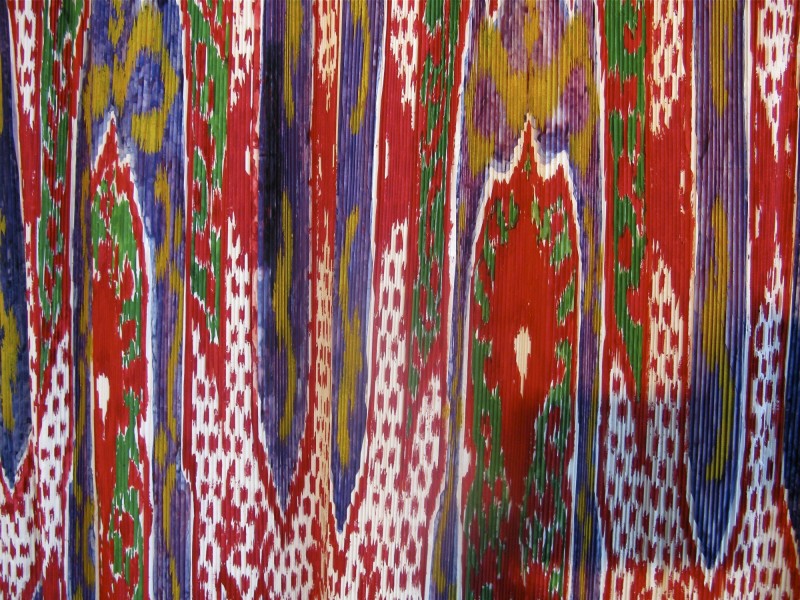
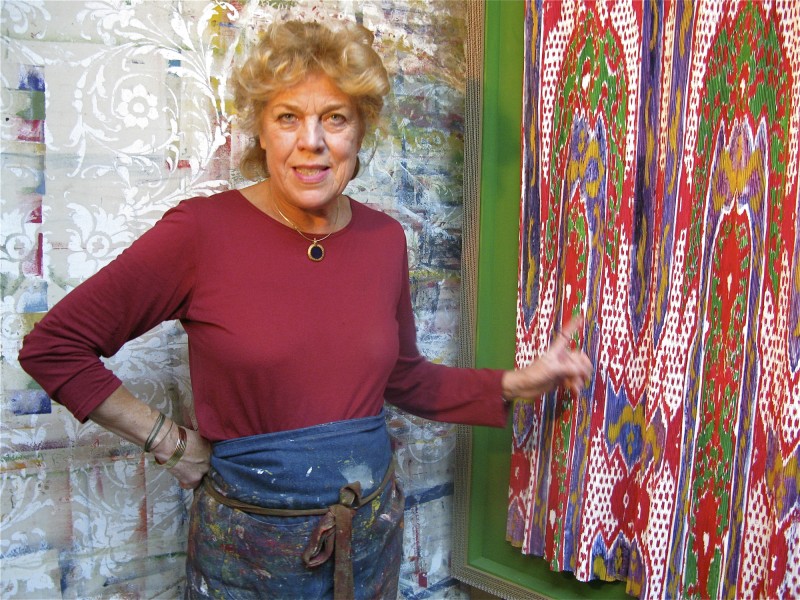
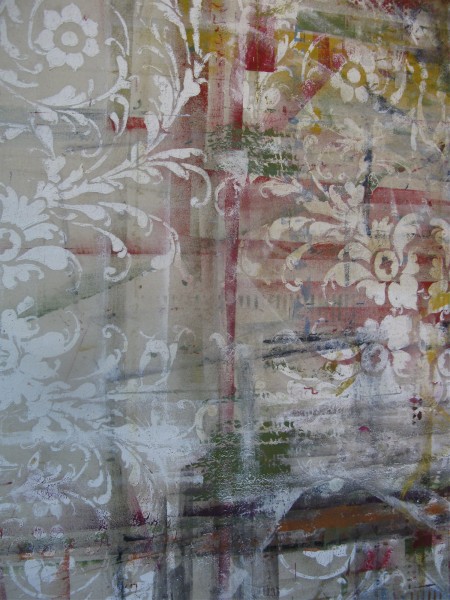


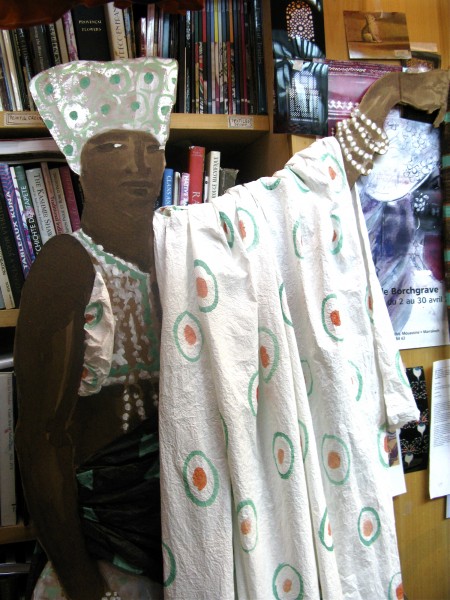
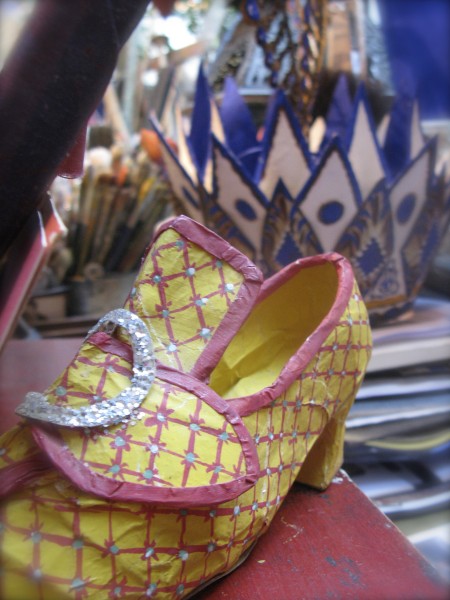
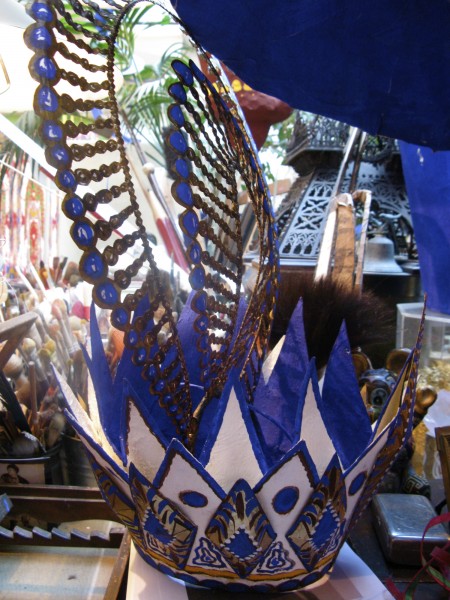
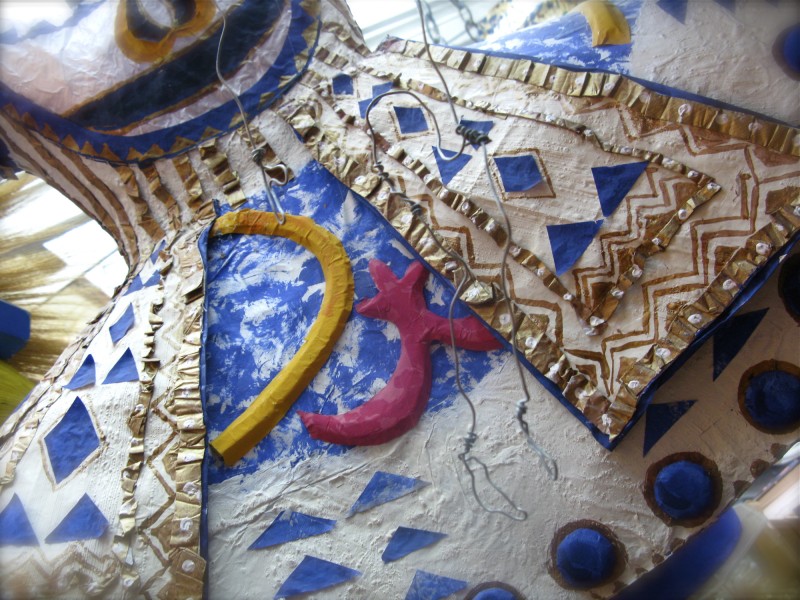
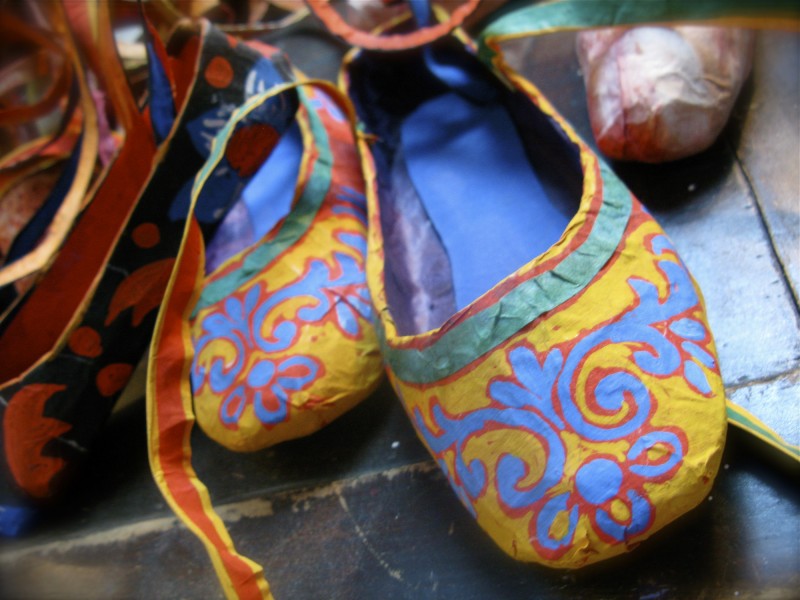
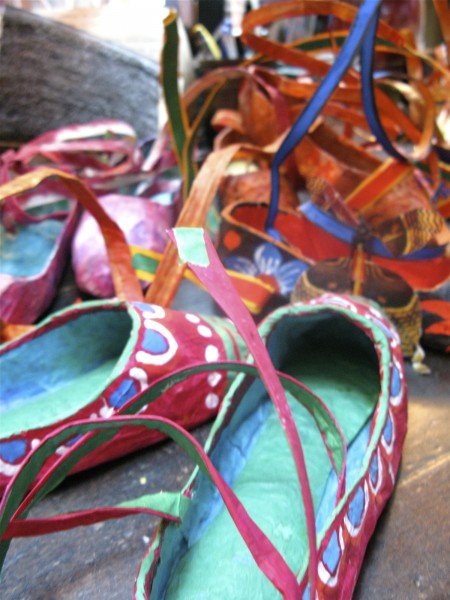
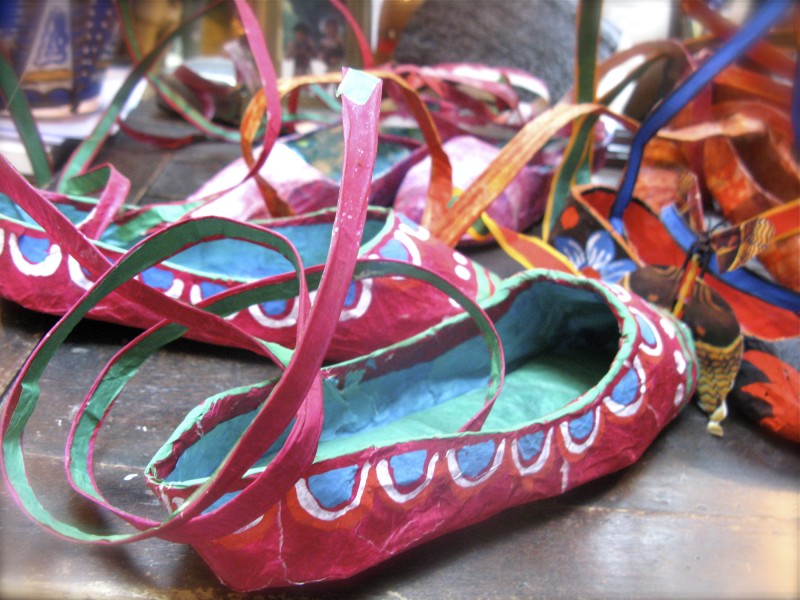

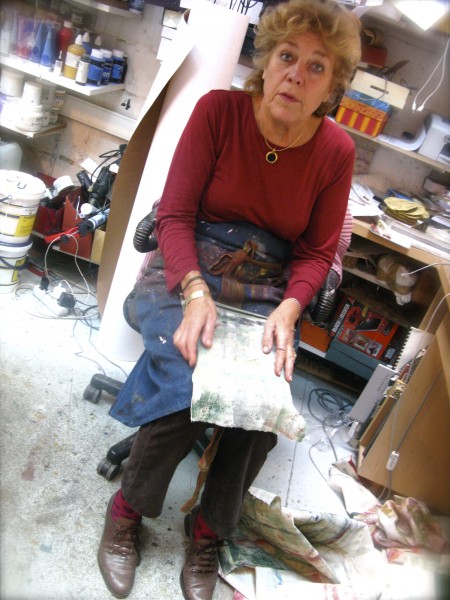
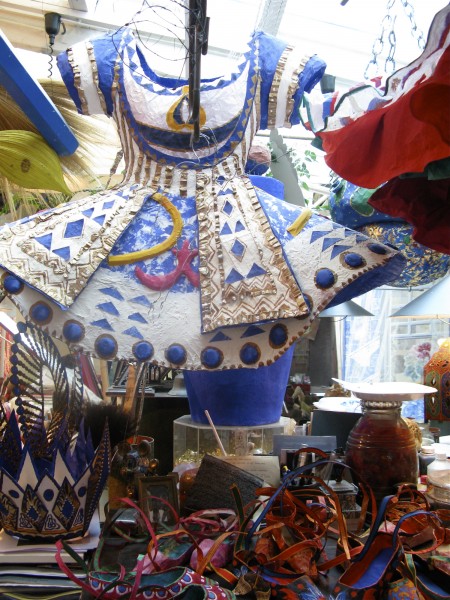

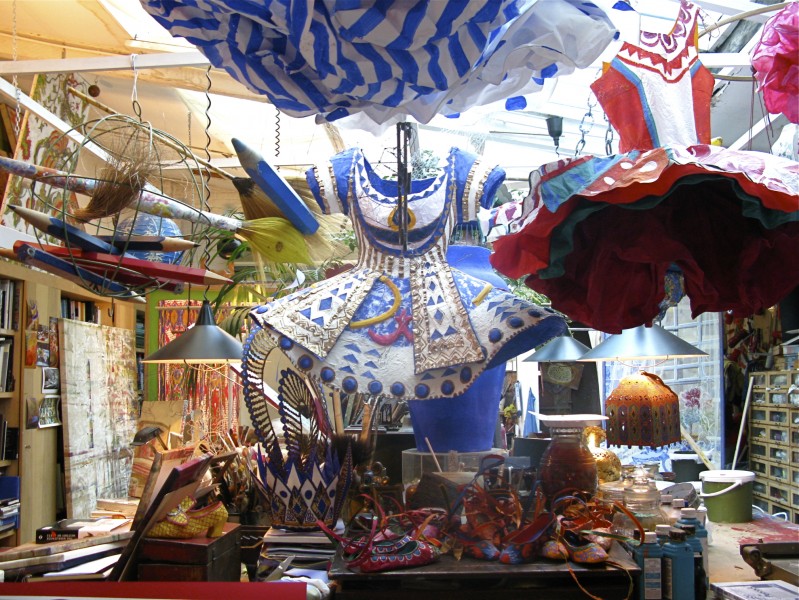
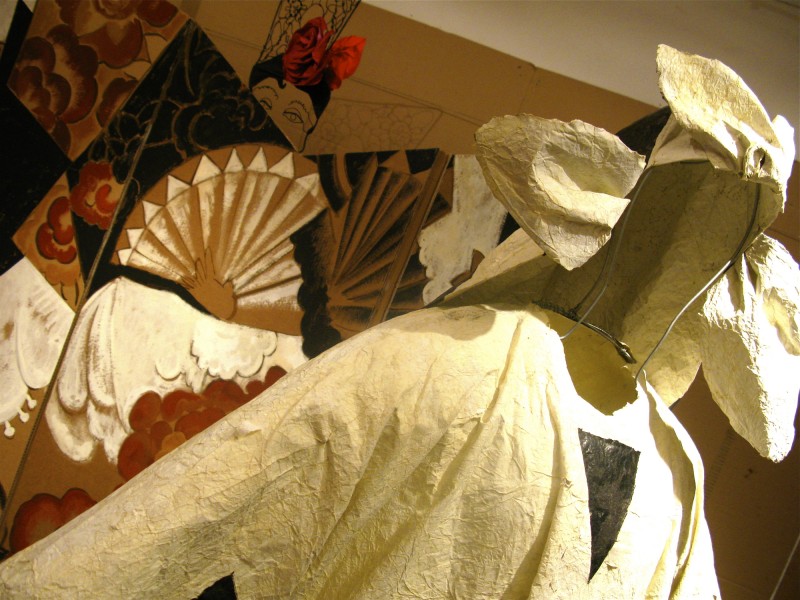
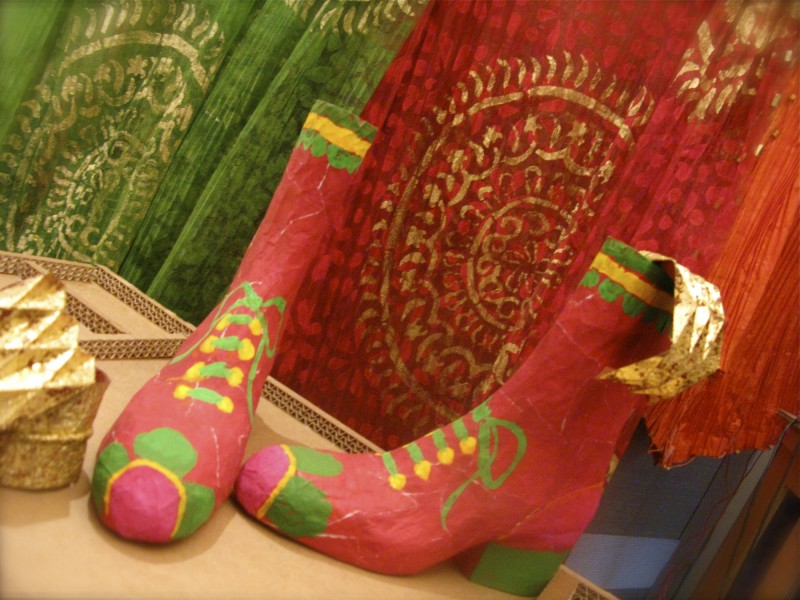

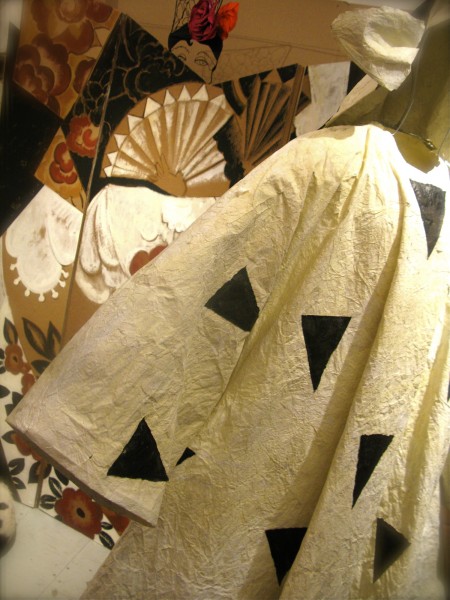
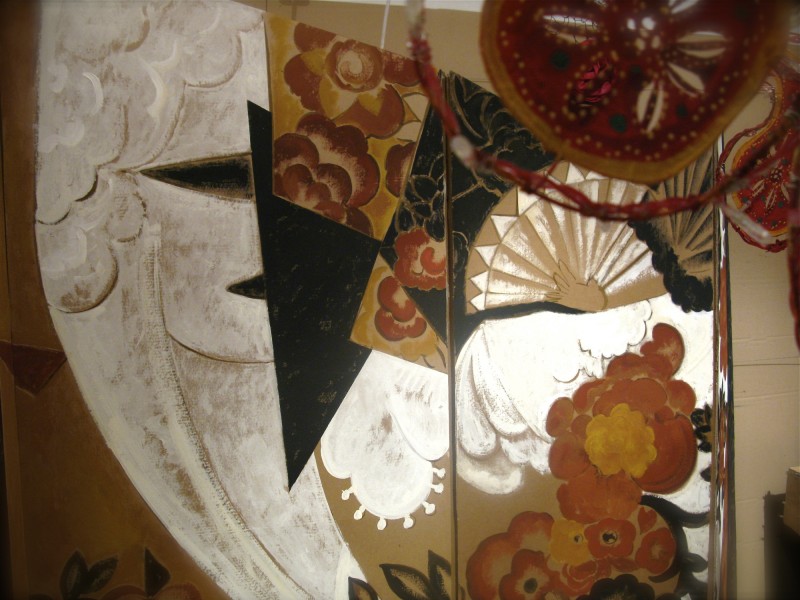

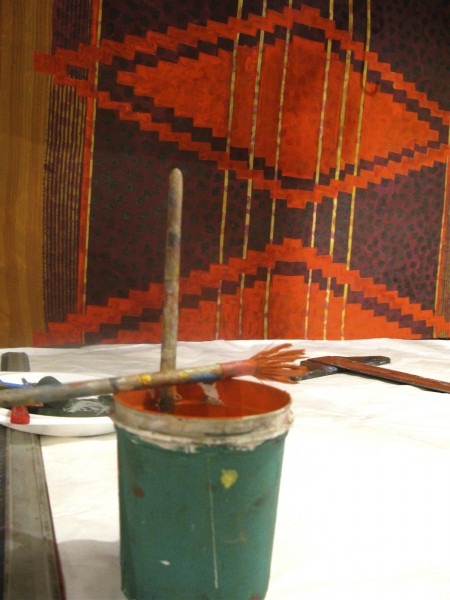
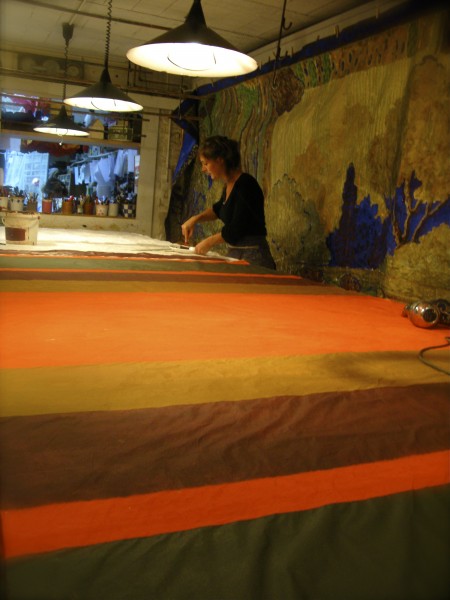
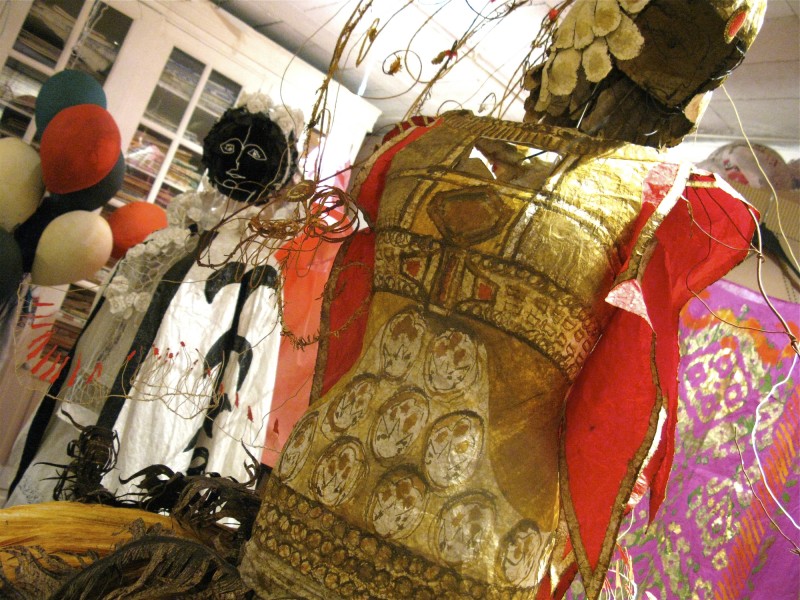

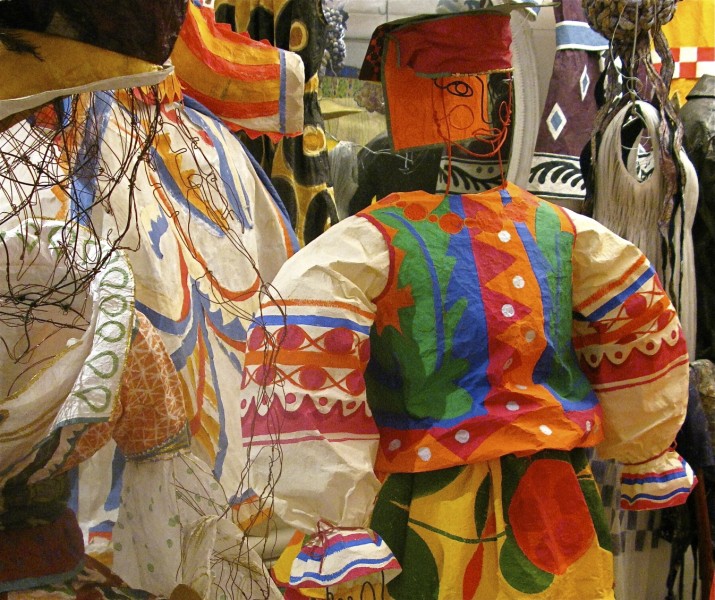
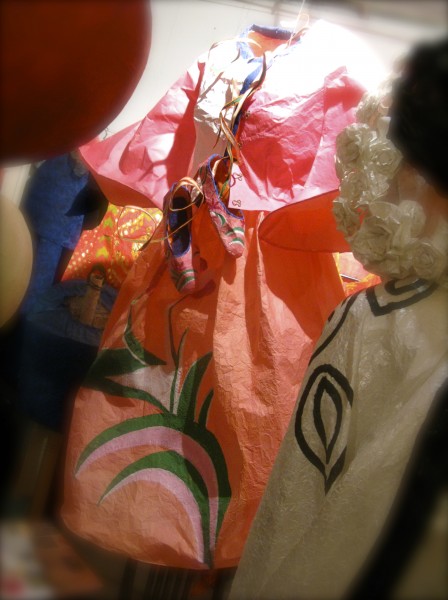
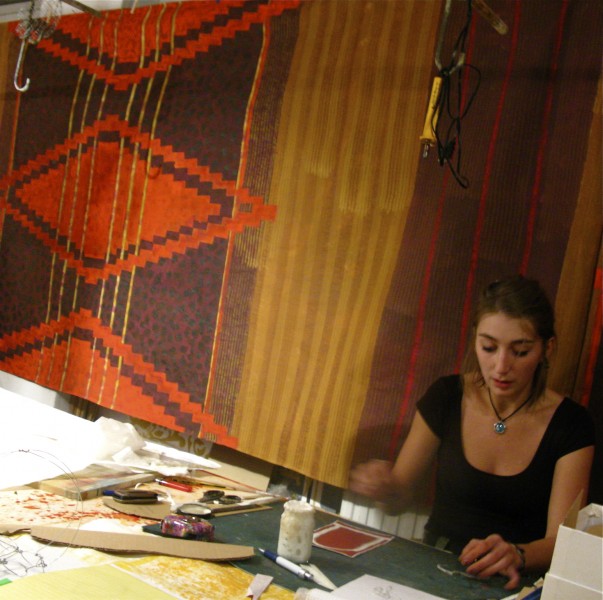

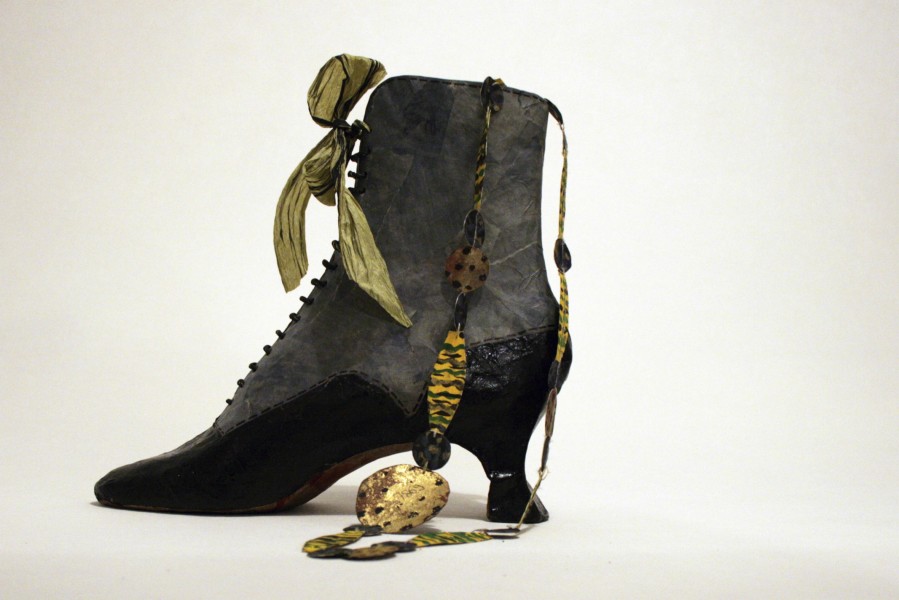
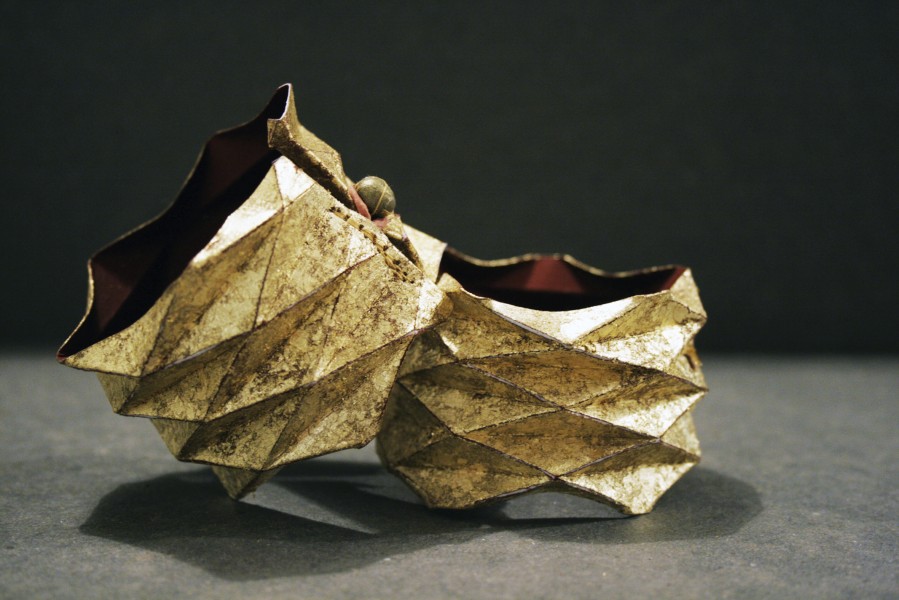
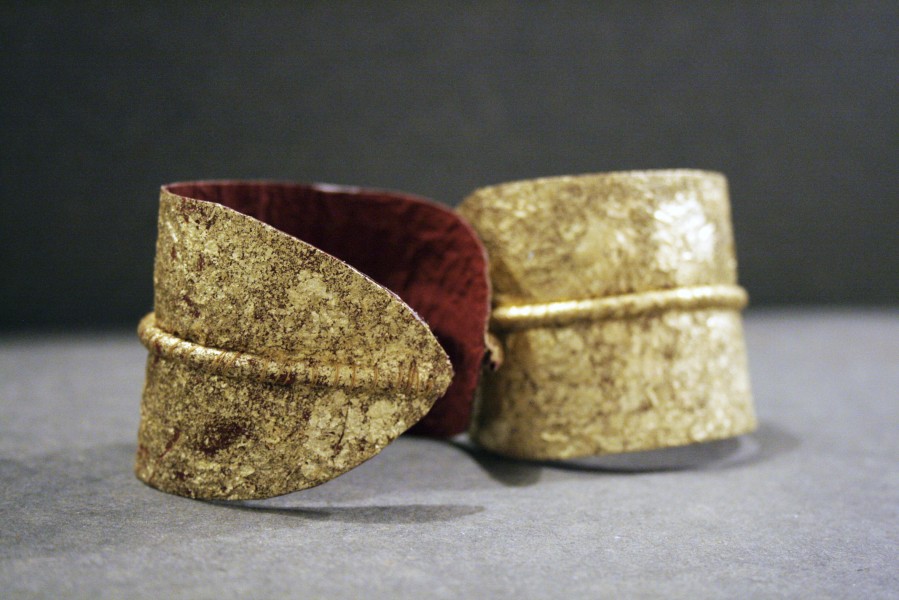
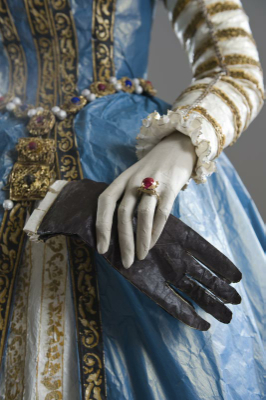

I have been traveling in Europe these days and every time I stop in this continent I have the duty to go to Brussels and pay a visit to my parents who have been living there for a little more than a quarter of a century.
At the airport, looking distractedly on a magazine a small note catches my attention “At the Musées d’Art et d’Histoire du Cinquantenaire in Brussels, you will have the opportunity to check the exhibitionMedici by artist Isabelle de Borchgrave”
” For some 15 years Isabelle’s paper exhibitions have traveled the world. Everywhere, from New York to Tokyo passing through Venice and Istanbul, the magic produces its effect…causing wonderment at the transformation of a simple sheet of white paper.
It is a meeting through the centuries with one of the most prestigious families in Italian history: the Medici. Through the magic of trompe l’oeil, Isabelle walks us through history and aesthetics. 29 paper costumes showing the elegance of the times in minute detail, and giving new life to the painting of the great masters such as Botticelli, Bronzino or Gozzoli.”
Having read this note I decide to check on Isabelle as soon as I arrive to Brussels . If I recall she is acquainted to my parent
On my arrival home, I have no words to describe my mother’s happiness learning that I have made plans to stay for a while in the city and work on the brand new project: the Brussels Edition. In exchange for my prolonged stay, I would need her collaboration including being my personal driver and some information about how to reach Isabelle de Borchgrave.
Deal consumed with my mum , on the following early morning of my arrival, I receive a phone call from a young lady named Priscilla , Isabelle’s efficient assistant.
She lets me know that an opening is available in the afternoon for an interview with the busy artist at her notorious studio at rue de Lens in the elegant and green neighborhood of Ixelles , apparently a few minutes walk from my parent’s house.
Extremely exited I check my camera battery, read all the material I manage to find in the internet and after a quick lunch head to the mysterious entrance door of what seems to me the preparative a Rio De Janeiro Escolas de Samba in peripheral area of the glamorous city a few hours before the carnival parade at the Sambodromo. ( Isabelle by the way, did not share my same enthusiasm when I exclaimed to her my comparison, Some things in life you must experience by yourself)
Isabelle is on the phone and with a short ‘ half smile’ tells me in French ‘ Je suis a vous dans une minute “-” I am ‘ yours’ in a minute.” – I decide I already like her.
In the meantime, my eyes scan every single details of the cluttered and majestic studio , my mind, curious, is intrigued by suspended papier -mache mannequins in very bright and colorful costumes, all made of wire, each adopting a dance pose, none of them touching the ground.
On the other side of the studio young men and women possibly interns, are busy painting large pieces of paper in ethnic and interesting geometrical patterns as others carefully with the aid of powerful hairdryer make sure the paint gets a good adherence . Seems that everyone and all activities are very well orchestrated peacefully aligned with the silence of a music that through those mannequins clearly translate into a certain explosion.
Suddenly at my back, I hear the voice of a beautiful and tall Priscilla introducing herself obviously at my rescue:- “Les Ballet Russes ! “- she says with an elegant smile – ” Miss De Borchghrave is working at the moment on one of her next and most impressive exhibition inspired by the celebre master Diarghlev.”
” In Isabelle de Borchgrave’s view – she carries on after politely thanking for my visit- “on the les ‘Ballets Russes’ constitute the most beautiful way to bring together painting, music, dance, stage and fashion.
When Diaghilev left Russia for Paris together with his Company he brought together huge talents such as Picasso and Goncharova, Nijinsky, Bakst or Derain.
The Parisian public, not used to this new form of classical dance, would discover Diaghilev and all the Russian and French talents he brought together. Much later Béjart would come back to this” Priscilla explains .
Priscilla shows me around Isabelle’s latest creation of ethnic jewelry in paper and gold soon to be world-wide distributed by a lady socialite in Jaipur , and paper lace used as luxurious never- ending ‘voil de mariee’ ( a veil to go with the wedding dress) The veil is light and pretty and has stenciled spots with a roller.
“for harsh economic times” Priscilla states proudly when finally Isabelle appears dressed with a simple burgundy sweater, her hair an unruly mix of short curls, jeans and an Prussian blue apron visibly showcasing uncounted hours of a life over paints, brushes and turpentine.
She looks at me for a second as curious about me as I am towards her. There is a short silence between us as we both don’t know where to start our encounter from….The Fortuny costumes, my shoots of the studio, her portraits, the interview, the mannequins.
I decide instinctively to look around Isabelle’s domain in silence ,
this studio filled with small aluminum boxes containing naturally tinted pigments, hundred of lively and used paint brushes neatly organized in ceramic containers, pastels, palettes, vases, kaftans, dresses, jewelry boxes, kimonos, chandeliers un-finished sketches on canvases, and all sorts of striking Trompe-l’oeils on paper translate into an atmosphere where I feel compelled to impulsively experience the sense of touch wishing to establish for myself the boundary between illusion and reality in such a magnetic aphrodisiac environment.
“Are those panels made of textiles or paper? ” I finally ask as to break the ice between us…Isabelle smiles and then laughs with a hidden impatience, it’s a question she heard thousands of times before. I don’t mind, like everyone else , I surrender to fall into the same spell of everyone… the spell of a queen who needs to be different from any other textile creator on earth…
” Why I work these motifs on paper rather than textile? ” she repeats my question as wanting to gain some extra time before she answers with a daring lie :”Because in the case I make a mistake, I can start all over again”. But Isabelle never makes “mistakes” she has far too much experience, what she does, almost answering to a distant call of duty, is to immortalize history, a history crowded with splendor of kings , queens and mythical figures to the subtle , modern , almost untouchable reality of our daily life.
And here she is proud, throwing on top of the long table, hundreds of colorful painted panels made up of paper destined to ” wrap bacon at Butcher’s shops” before falling into her daring imagination.
Her assistants working ‘hours and hours and hours’ of painting, playing, scrunching, gilding and gluing to transform plain paper into a dress that evokes a red, pleated textiles. Isabelle through this collection , inspired by works of Mariano Fortuny, reveals the eclectic early 20 th artist to whom she feels so close. A she throws herself into the world of Mariano Fortuny absorbs it and transmits her feeling revealing all the facets of this extraordinary talent.
Once more she seeks to express the timeless beauty of the past, the research of refined tones, colorful lines, exotic motifs and shapes recalling Arab, Persian, Chinese and Japanese inspiration.
By creating a collection of dresses in paper inspired by this artist whose name will forever be associated with the wonderful art of ” plisse“ Isabelle, was fortunate to have had the opportunity of exhibiting her creations at the Fortuny Palace in Venice, the very place where the master lived and created his splendid dresses.
I ask Isabelle about her world wide licences. Party ware for the American chain-store Target, which includes a comprehensive range of place cards, chair covers, plates, centre pieces and serving bowls, all made of paper. She licenses her illustrations to Designers Guild, Villeroy & Boch and the French porcelain manufacturers Gien Libeco in Belgium, and Beauville ,Pierre Frey in France.
About her mural paintings at the Cipriani Hotel in Venice, Gstaad and Kuala Lumpur. Her interior decors, like the Hermes windows in Hong Kong and personal exhibition of paintings and paper collections among the most prestigious museums in the world . She was also, most extraordinarily, commissioned to recreate Jackie Kennedy’s wedding dress for the Kennedy archive in Boston.
A fortuitous meeting with the period costumier Rita Brown, who was working with the opera in Brussels, and a close perusal of Janet Arnold’s seminal Patterns of Fashion series, resulted in the Papier à la Mode collection. It covered 300 years of historical fashion, featured some 80 paper dresses and has been on display in the Victoria & Albert Museum in London, the Royal Ontario Museum in Toronto, in galleries in Japan and Istanbul, and in São Paulo in Brazil. De Borchgrave painted the paper with delicate traceries of lace and Brown constructed the dresses. ‘
Isabelle is visibly bored with the interview, she is obviously looking for something new, and I am under the impression that she sees in me the ‘ something” that will connect her to a different experience all together… She laughs now and says ” Would you please organize something fun for me in New York City? I want to sell my creations to the Soho scene . Can you work that out?”
I leave the studio with an enormous responsibility, the royal family in Belgium dares to wear her paper creations at important parties… An interesting idea comes to my mind… but whatever I will suggest for Isabelle better be big and innovative , after all she’s unmistakably a queen.
Joelle’s Tips:
The artist: Isabelle de Borchgrave
The publication: Paper Illusions: The art of Isabelle de Borchgrave by Barbara Stoeltie (Author), Rene Stoeltie (Author) other publications
Exhibitions:
 |
D’or et de parchemin, Wibald de Stavelot, Abbé d’EmpireStavelot – Abbaye de Stavelot – http://www.abbayedestavelot.be/hp/fr/hp.aspExhibition from 25/09/09 to 29/11/10In the 12th century the abbey of Stavelot, one of the most important in the German empire, had an unprecedented influence. This was due to its abbot, Wibald.The exhibition entitled “Of Gold and Parchment” brings to life Wibald and his time through some exceptional pieces. For this occasion Isabelle de Borchgrave has created costumes inspired by the period which will be viewed in the exhibition. |
|
|
|
 |
I Medici: A renaissance in paper by Isabelle de BorchgraveBrussels – Musées d’Art et d’Histoire du CinquantenaireExhibition from 20/11/09 to 18/04/10For some 15 years Isabelle’s paper exhibitions have travelled the world. Everywhere, from New York to Tokyo passing through Venice and Istambul, the magic produces its effect…causing wonderment at the transformation of a simple sheet of white paper. It is a meeting through the centuries with one of the most prestigious families in Italian history: the Medici. Through the magic of trompe l’oeil, Isabelle walks us through history and aesthetics. 29 paper costumes showing the elegance of the times in minute detail, and giving new life to the painting of the great masters such as Botticelli, Bronzino or Gozzoli. |
